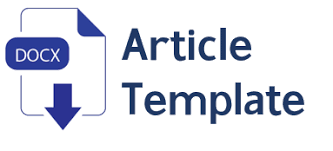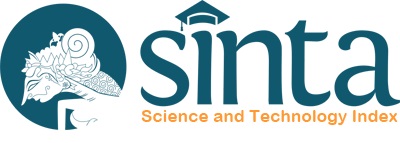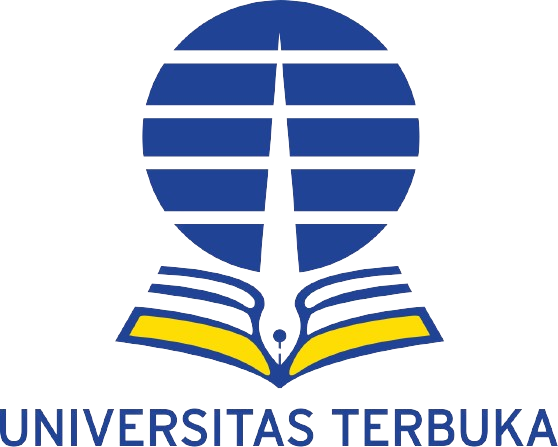Analysis Of The Effect Of Leverage On Company Value (Study PT case. Gajah Tunggal Tbk 2019-2022)
Keywords:
Leverage, Value Company, PT. Gajah Tunggal TbkAbstract
Company PT. Gajah Tunggal Tbk is the largest tire in Asia especially in Asia southeast . Founded in 1971 and in 1990 officially has offices at the Jakarta Stock Exchange and the Surabaya Stock Exchange . This company located in Jakarta and has factory in town attack and tangerang For support activity the production . objective study This This is For analyze the effect of leverage on mark company PT. Gajah Tunggal Tbk 2020-2022 . Method writing this paper using Grand Theory where to be base the theory are Leverage and Company Value. Grand Theory is something that becomes base birth theory Where theory the Still nature macro or wide Then formulated at the next level . In this paper using quantitative data Where data sources used is secondary data that comes from from report PT finance . Gajah Tunggal Tbk . 2019-2022 . Based on Measurable Leverage serving with Debt to Assets Ratios and Company Value are measured with using the Price to Book Value (PBV) of The years 2019 – 2022 show that PT. Gajah Tunggal Tbk has Debt to Assets The ratio (DAR) is in the GOOD CATEGORY based on category Cashmere (2016) in Fitria (2022). However Debt to Asset value The ratio (DAR) is still ≥ 0.5 according to moneyduck.com.id (2022) including . This matter show that part big asset company financed by debt . Whereas mark company PT. Gajah Tunggal Tbk is calculated through Price to Book Value (PBV) is in the UNDERVALUED CATEGORY .
Downloads
Published
Issue
Section
License
Copyright (c) 2024 S. Wijaya, A. Masniah

This work is licensed under a Creative Commons Attribution-ShareAlike 4.0 International License.
- The author retains the copyright and grants the journal the right of first publication of the work simultaneously licensed under the Creative Commons Attribution-ShareAlike 4.0 License that allows others to share the work with an acknowledgment of the work's authorship and initial publication in this journal
- The author can enter into separate, additional contractual arrangements for the non-exclusive distribution of the journal's published version of the work (e.g., post it to an institutional repository or publish it in a book) with the acknowledgment of its initial publication in this journal.
- The author is permitted and encouraged to post his/her work online (e.g., in institutional repositories or on their website) before and during the submission process, as it can lead to productive exchanges, as well as earlier and greater citation of the published work (See The Effect of Open Access).

























